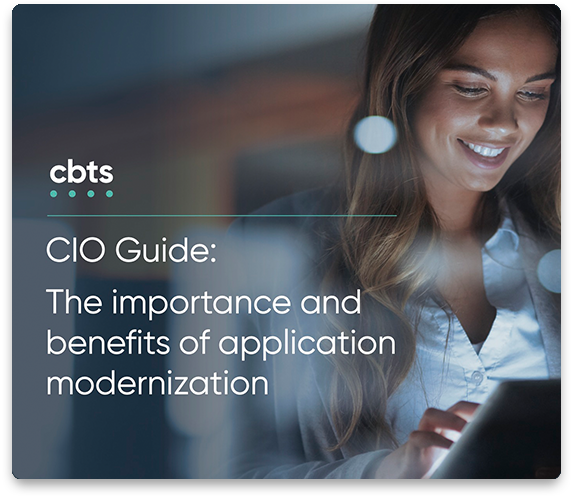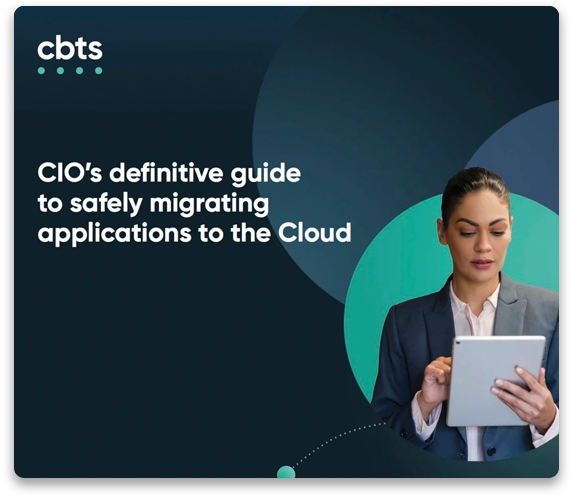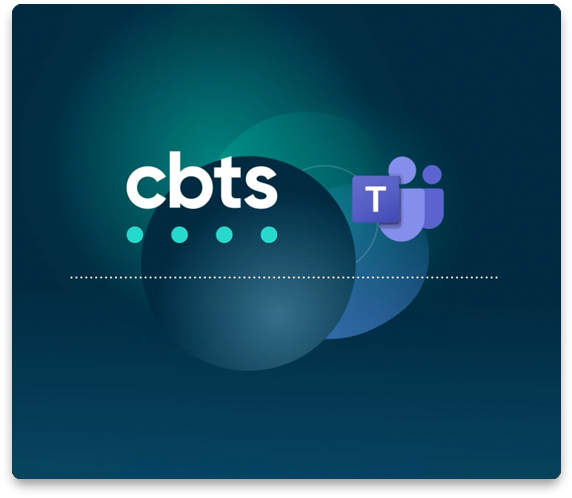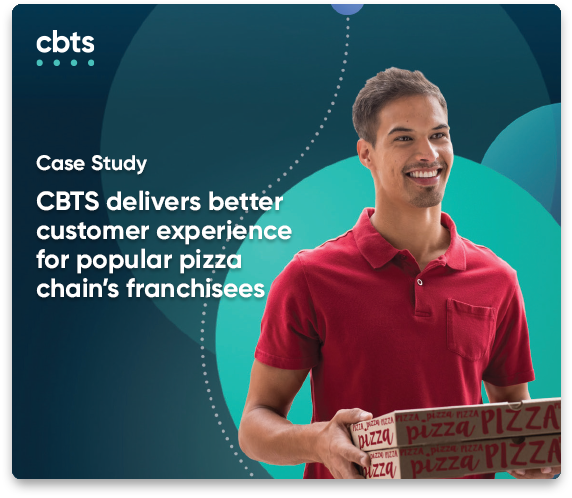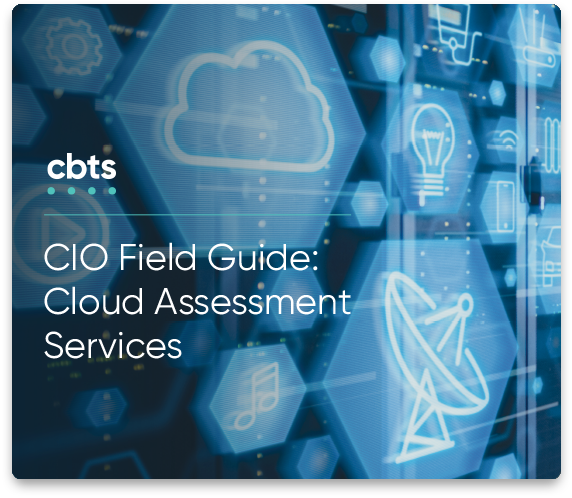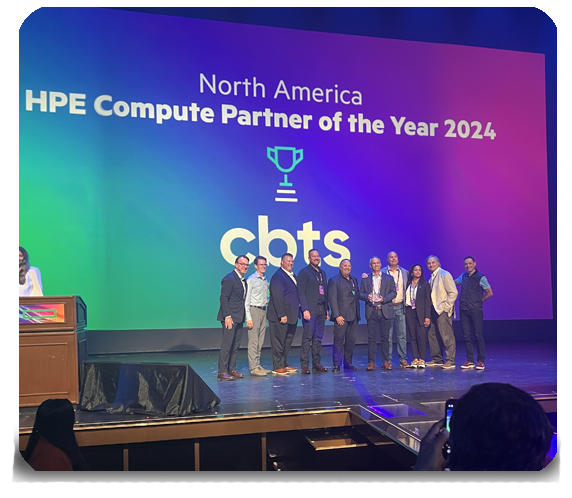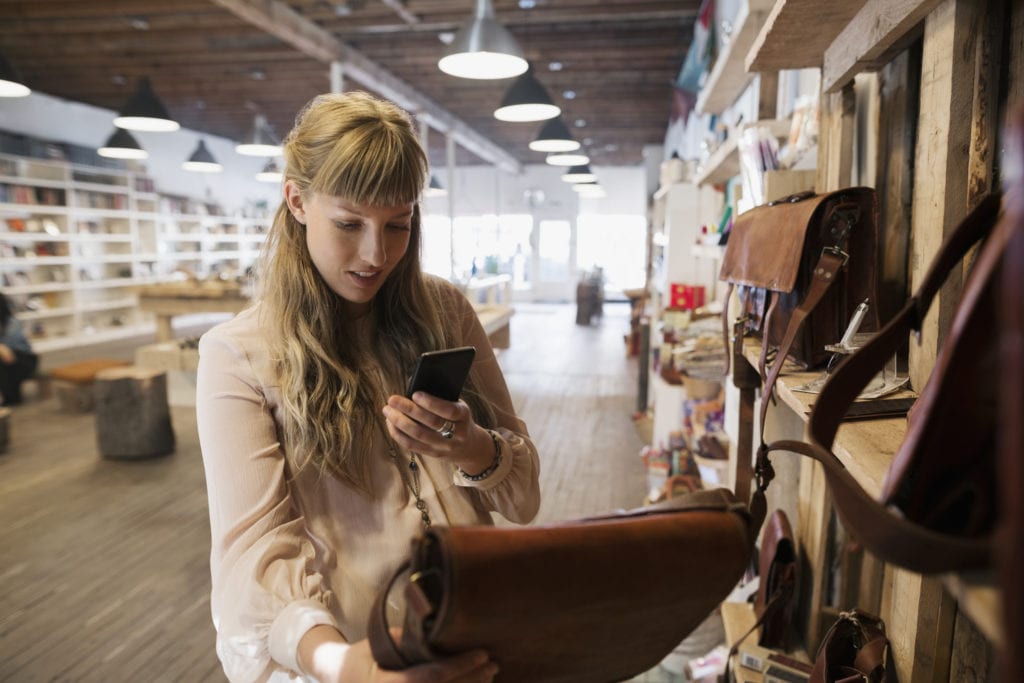
The retail marketplace is becoming increasingly digital, and retailers must adapt to remain competitive. With more merchants closing brick-and-mortar locations during the “retail apocalypse” of the past few years, it is critical that businesses adopt retail technologies to survive and thrive.
Data analytics, cloud, social media are powerful retail technologies
Let’s examine some of the key retail technologies that businesses can use to better engage with customers on a global level – both online and in physical locations.
Retailers must leverage data to enhance the customer experience
As retail technologies advance, personalization becomes more important. Merchants must leverage data and analytics to better understand customer demographics and shopping behaviors. Retailers should already have this customer data, as tracking customer contact information and shopping patterns are hardly new concepts.
However, many retailers do not know how to efficiently use this data. For example, retailers can:
- Personalize the shopping experience. Merchants can tailor products, services, advertising, and promotional offers to meet consumer wants and needs. Sales teams can use the data to match each customer with the right agent for them, and ensure that the right offer is being made to the right customer based on analytics.
- Remain competitive. Customer data identifies the products and services that customers want and the prices they are willing to pay.
- Drive traffic to stores. With exclusive promotions at brick-and-mortar locations, retailers can ensure their physical locations remain in business.
- Never miss a call. Centralized call routing from the cloud reduces the number of abandoned calls. Route customer calls to call center agents when a store is closed or the phone isn’t answered. With informative analytics, your business and your teams are better equipped to anticipate and meet customers’ needs.
- Eliminate blind spots. Advanced call analytics and data reporting allow your business to identify road blocks in delivering superior customer service and an enhanced consumer experience. This provides new visibility to help your business identify staffing needs, network issues, and underlying reasons for system issues.
To ensure retailer data is always available and never compromised, CBTS offers professional data protection services. These include data storage, backup, and recovery.
Moving retail technologies to the cloud saves time and money
Cloud-based retail technologies include functions such as inventory tracking and management, ordering, and shipping. By migrating these activities to the cloud, retailers can reduce costs related to software development, maintenance, and staffing while quickly delivering products and services, and viewing real-time data.
Moving data and applications to the cloud also eliminates the costs of housing data in large storage centers. CBTS can assist businesses in migrating devices, infrastructure, and applications to the cloud. We provide expert support and identify retailer needs to develop innovative strategies, design targeted solutions, and implement game-changing technology.
Optical Sensor Cameras provide retailers with valuable insights about their environment
Sensor data is an increasingly popular retail technology. Retailers can place small Optical Sensor Cameras in key locations throughout their businesses. The technology enables retailers to track the number of people in their stores, as well as better understand their customers’ behaviors and movements. For example, merchants can see how much time the customer spent in the store, and what items they purchased or viewed.
This ultimately helps retailers develop an in-store experience and layout that best aligns with their typical volume of customers, and how those customers prefer to shop.
Social media isn’t just about “likes” or “shares”
Most retailers have used social media for years, but simply posting on these sites isn’t enough. Retailers must understand that they’re marketing to a global audience. Social media is a powerful retail technology for exposing your product or service to new consumers.
One of the best ways retailers can leverage social media is by encouraging existing customers to share their products and services. Retailers can offer incentives, such as discounts or swag, to users who share their promotions or sign up new customers.
Social media technology now allows consumers to purchase directly from these sites with “buy” buttons. The ability to purchase directly from social media will likely become more streamlined in the future, and consumers will expect retailers to implement a seamless process.
Digital marketing and omnichannel commerce enable retailers to remain competitive
Today’s consumers rely on mobile devices more than ever to engage with retailers. Retailers must increase their reliance on digital promotions, virtual storytelling, and email campaigns to communicate their brand to consumers.
Retailers often struggle to remain relevant in an omnichannel marketplace in which customers not only desire – but require – a seamless shopping experience across multiple channels. However, merchants can adapt by adopting retail technologies such as:
- Order-by-text, which allows consumers to order products and services via text message.
- Photo snapping, which allows consumers to take a photo of a product to learn more about it.
These Omnichannel experiences offer convenience for customers, and allow retailers to personalize the shopping experience by suggesting additional products and services the consumer might like. Additionally, consumers who buy items online and pick them up in a store are more likely to make additional purchases once they enter a brick-and-mortar location.
CBTS makes omnichannel management easier via contact centers. CBTS ensures retailers provide extraordinary customer care through a connected digital experience.
Consumers no longer need to interact with human staff
Some retailers have adopted retail technologies that eliminate cashiers and allow consumers to purchase exclusively at self-checkout stations. Additionally, with the advent of IoT devices such as Google Home and Apple HomePod, consumers want to use their voice to interact with retailers. Alexa and Siri help consumers search for and buy products and services online.
Other artificial intelligence technologies include both augmented and virtual reality, which allow customers to digitally try on clothes, test makeup, or use services.
Consumers use mobile wallets for fast and immediate payment
Digital retail technologies enable consumers to store their payment information on mobile devices instead of carrying cash and credit cards. The benefits of mobile wallets include:
- Less risk of consumers forgetting their retailer discount or credit card.
- Seamless integration with retailer apps.
- Preferred payment options for consumers via bank, credit card, or online payment system.
- Increased likelihood of consumers making spontaneous purchases because payment is quick and easy.
Retailers must leverage digital technology to meet new demands
The retail industry is learning how to adopt emerging retail technologies to meet customer demands. Retailers are using innovative tools from artificial technology to product analytics to provide personalization, customization, security, efficiency, and enhanced customer service both online and in stores. E-commerce has forced incumbent retail to adapt, but everybody wins when retailers use this digital disruption to benefit customers.

